


SRI LANKA HOLIDAYS: LANGUAGE OF SINHALA OF SRI LANKA
Tour the ancient island of Sri Lanka with Riolta Sri Lanka Holidays, Sri Lanka. Total Holidays Experience awaits you in the beautiful island of Sri Lanka, The Land of Delights.
SINHALA, THE LANGUAGE OF THE SINHALESE (SINHALA) OF SRI LANKA
An excerpt from Mihintale, Cradle of Sinhala Buddhist Civilization by J. B. Disanayaka. By kind courtesy of author Prof. J. B. Disanayaka of Sri Lanka & the publisher Lake House Investments Ltd., Sri Lanka
Oldest specimens of SinhalaThe
Brahmi inscriptions of
Mihintale depict not only the earliest form of Sinhala writing but also the earliest phase of the language itself.
The Sinhala language which was introduced into the Island by the first Aryan settlers in the middle of the sixth century B.C. is the southernmost member of Indo-Aryan, the Indian branch of the Indo-European family of languages.
The oldest literary work in Sinhala extant today belongs to the tenth century & hence the Brahmi inscriptions of Mihintale form one of the most important sources for the study of the earliest phase of the Sinhala language.
“The language of these documents” says Paranavitana “is akin to that of the earliest records found in India”. The close affinity between the language spoken in the island & that spoken by the first Buddhist missionaries may have been one of the factors that facilitated the quick conversion of the Islanders to the new faith.
The corpus of Buddhist scriptures, the Tipitaka or Tripitaka is, however, written in a language known as Pali, the language in which were written the Island’s oldest historical poems-Dipavamsa & Mahavamsa.
Scholars regard Sage Mahinda as the father of Sinhala literature. Rahula, for instance, says: “Buddhaghosa says that Mahinda brought to the island of the Sinhalese the commentaries of the Tripitaka, & put them into Sinhalese for the benefit of the people of the island. He thus made Sinhalese a literary language & inaugurated its literature”.
Arsarathnam considers the development of language as the most notable contribution of Buddhism in Sri Lanka. “In India, Buddhism made its appeal through the vernacular of each people it addressed, as opposed to Sanskrit, which was the sole & not universally understood medium of Brahmanism.
The language of early Sinhalese, an Indo-Aryan dialect, was intelligible to the missionaries from India, who thus found it easy to address themselves to the people. From the early beginnings, the task of writing the scriptures in Sinhalese was attempted. This marks the beginning of a literary Sinhalese language of the Buddhist scriptures & was therefore studied by the Sinhalese literati. It influenced deeply the growth of the Sinhalese language.” Prof. J. B. Disanayaka









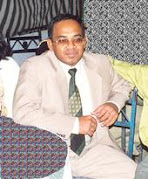













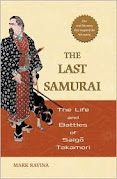













































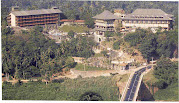








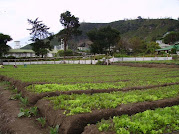














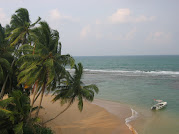












0 Comments:
Post a Comment